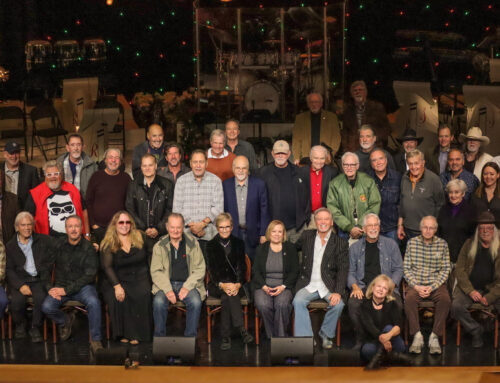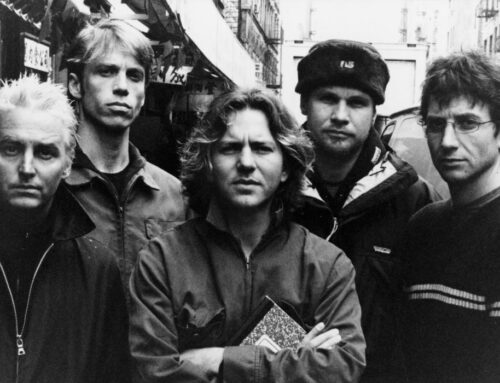This blog series will explore music publishing, giving a little bit of history and outlining the basic steps necessary to form a music publishing company. Part 1 looks at a brief history and background of music publishing.
Modern music publishing in the United States can trace its roots to “Tin Pan Alley,” the name given to a grou p of sheet music publishers who collected on West 28th Street in New York City in the late 19th, early 20th Century, when names like Irvin Berlin and John Philip Sousa were the leading composers. This coincides roughly with the invention of introduction of Thomas Edison’s Gramophone and the phonograph cylinder. Tin Pan Alley publishers were concerned mainly with selling sheet music and piano rolls. The most dramatic shift in popularity from printed music to recorded music did not occur until the development of the “talkie,” when The Jazz Singer was released in 1927.
p of sheet music publishers who collected on West 28th Street in New York City in the late 19th, early 20th Century, when names like Irvin Berlin and John Philip Sousa were the leading composers. This coincides roughly with the invention of introduction of Thomas Edison’s Gramophone and the phonograph cylinder. Tin Pan Alley publishers were concerned mainly with selling sheet music and piano rolls. The most dramatic shift in popularity from printed music to recorded music did not occur until the development of the “talkie,” when The Jazz Singer was released in 1927.
In 1914, ASCAP was formed to protect the copyrighted music compositions of its members. The organization expanded with the introduction of the new invention called radio in the 1920’s. Because owners of radio stations did not like paying what they considered exorbitant license fees to ASCAP for the performances of musical compositions, the broadcasters formed their own organization, BMI (Broadcast Musicians Inc.) in an effort to drive the license fees down.
Modern music publishers are in the business of engaging composers, i.e., songwriters, and obtaining ownership of their copyrights. In exchange for the copyright, the music publisher agrees to exploit the composition to potential licensees (a process generally referred to as “song plugging”), administer the copyright, collect the mechanical royalties and license fees, and distribute a portion of the collected monies to the composer.
Most music publishers will offer promising composers what is called an “exclusive songwriter agreement” in which the composer is obligated to provide the publisher with a minimum number of commercial musical compositions within a certain period. The composer generally receives a “salary,” which is fully recoupable from future royalties. Again, the publisher gives up the copyright in the musical composition in this type of deal.
Another, less common deal type, which is reserved for songwriters who have some clout in the industry, is called a “co-publishing deal” This arrangement is usually very similar to the exclusive songwriting arrangement discussed above, except that the songwriter only gives up half of the copyright in the musical composition and retains the remaining half.
Less often, music publishers offer “single song agreements” to composers who may have one or two compositions that interest the publisher, but not enough that it feels warrants a longer term commitment. Most major publishing houses do not offer these type of agreements. They are generally the purview of independent and upstart music publishers.
There are myriad gradations of these deals, and the terms in any one agreement can be as varied as an artist’s palette of colors, so if you are interested in music publishing agreements, please contact a reputable music attorney prior to obligating yourself or giving up a copyright.
Tomorrow’s installment of Music Publishing 101 will discuss the basics of forming a music publishing company.
Technorati Tags: Music Publishing , Copyright , Songwriting , Music Industry , Record Labels , ASCAP , BMI , SESAC , Performance Rights Organizations , Exclusive Songwriting Agreement , Single Song Agreement


















